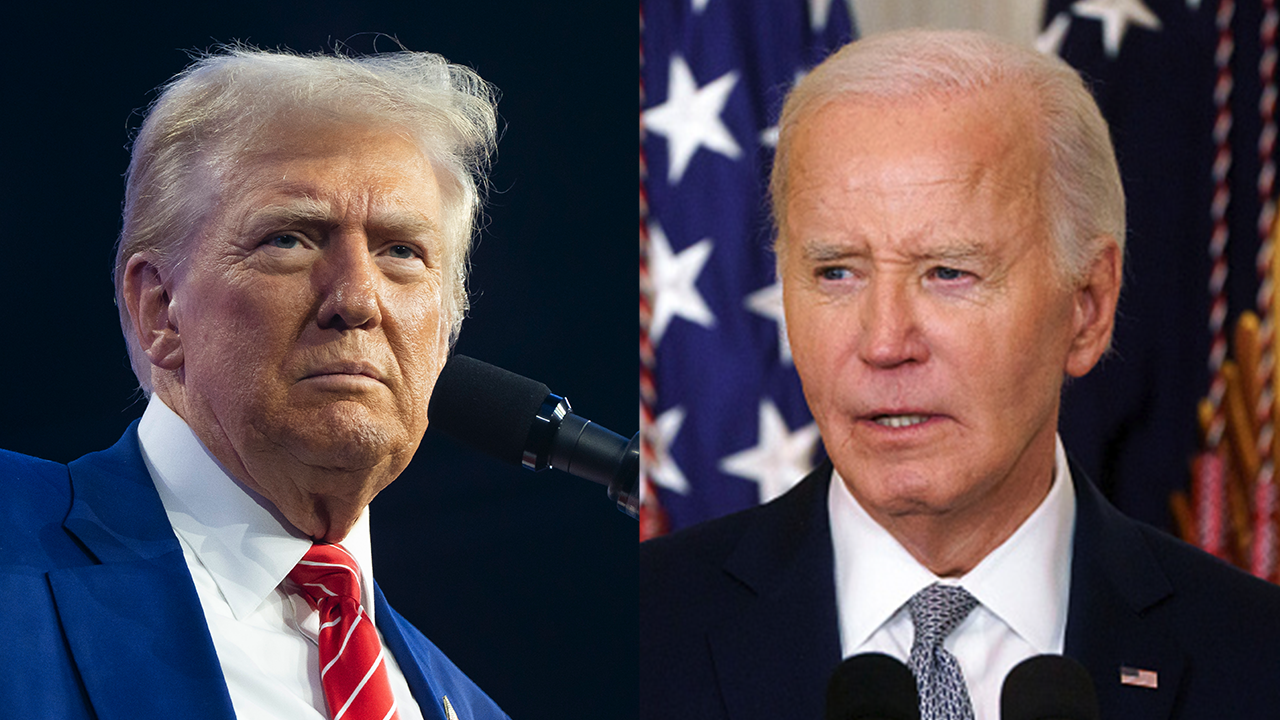Customers with inflation-linked protection policies, such as life insurance and critical illness cover, can see their charges rise faster than potential payouts, an investigation has revealed.
Policy holders can be stung for hundreds of pounds more for their insurance than they initially expected thanks to added charges on protection policies, research by personal finance podcast ‘In For A Penny‘ showed.
It found that insurance companies are adding extra fees on top of inflation on index-linked policies, sometimes to the tune of 5 per cent of the monthly premium.
Added charges mean customers may end up paying more than they initially expected
An ‘index-linked’ protection deal increases the level of cover for life insurance, income protection, or critical illness insurance in line with either the Retail or Consumer Price Indices.
Policyholders can opt to increase their level of cover each year by the rate of inflation – or sometimes by other measures – to ensure their insurance keeps track with the cost of living.
While the amount of cover rises, so too does the monthly premium.
However, the research found that in many cases the insurer will add extra costs to the premium either in the form of either an added charge a ‘multiplier’ – meaning the policyholder will pay more in the long run than they might expect from the outset.
For example, while the amount of cover provided for an index-linked income protection policy from Aviva will simply rise with inflation, the premium will increase by 1.5 times the rate of RPI.
If an index-linked monthly premium was £100 and the level of cover was £100,000, the policyholder might expect that at 2 per cent inflation the premium would then rise to £102 and the cover would increase to £102,000.
But with a multiplier added like Aviva’s, the premium would go up to £103.
After 20 years the premium would have risen to £256 a month, more than £95 higher it would be if it had just risen with inflation.
Other insurers will add an additional charge depending on how much inflation occurs over the course of the year.
With Vitality’s whole of life cove,r for example, if inflation increases up to 2 per cent the premium will rise by RPI plus 1.5 per cent, while if inflation is up between 2 and 8 per cent then the premium increases by RPI plus 2.5 per cent.
If you take Vitality’s whole of life cover then once you reach 80 your monthly premium will increase by RPI plus a whopping 5 per cent if the inflation rate is up.
A spokesperson from VitalityLife said: ‘Vitality uses a tiered approach as this allows us to better align increases to the underlying risk, resulting in fairer outcomes for customers.
‘Our approach means we do not unnecessarily pass higher premium increases onto customers in times of high inflation. For example, at RPI of 7 per cent, our premium increase will be 9.5 per cent, rather than 10.5 per cent or 14 per cent under a 1.5x or 2x multiplier approach.’
Most of the major insurers add an extra charge, which varies across providers, but some friendly societies such as Exeter don’t.
The In For A Penny Podcast’s Joshua Gerstler said: ‘Most people would assume if inflation is 2 per cent, your cover and premium would go up by the same rate. A lot of insurers are adding extra charges. That doesn’t seem fair.
‘If we want to see a change and insurers treating people fairly, clearly and transparently, we have to see insurers treat indexation of the premium the same as the indexation of the sum assured.’
Insurers argue that adding a multiplier means they can charge a lower premium to begin with
What’s going on?
The risk of a policyholder claiming on a protection policy rises as they get older, and insurers say that adding a multiplier or extra charge on inflation means they can charge a cheaper monthly premium at the beginning of the policy to properly reflect this.
They argue that if this wasn’t added, the customer would be overpaying at the beginning of the policy and underpaying at the end.
In this case if you cancelled half way through you would have ended up paying more than you needed to for the risk you had of claiming.
For example, up until last year LV didn’t add a multiplier, but has since added a 1.5 multiplier on top of RPI on all its index-linked protection policies.
However, the insurer claims that this actually benefits the customer as it allows it to charge a cheaper monthly premium from the outset while still offering the same level of cover.
Below is a chart representing an internal analysis by LV which looked at how using a multiplier changed their pricing on a typical policy.
The blue line represents a premium which rises by 2 per cent inflation over 20 years. The orange line is inflation with the 1.5x multiplier.
Though the multiplied premium rises faster, it starts lower, and doesn’t get more expensive than the non-multiplied premium until the sixteenth year of the policy.
In this example, over the full 20-year period the policyholder would actually pay less with the multiplied premium than if it had just risen with inflation.
Level cover is still cheaper than index-linked policies
Non-inflation linked cover, known as level cover, doesn’t rise with inflation and usually starts at around the same price as index-linked inflation.
But unlike index-linked cover, payments for level cover will stay the same.
The effect over the long-term is pronounced, both in payments and the level of cover.
For example, if £100,000 worth of level cover cost £100 a month throughout the plan, and £160,000 worth of level cover cost £160 a month throughout the plan, using the index-linked cover offered by Royal London with a 1.2x multiplier, £100,000 indexed cover would start at £100 a month and increase gradually to £176 a month when the cover reaches £160,000.
However, the level term customer is also ageing and becoming riskier at the same rate as the index-linked customer. So what’s going on here?
Insurers say this is because the risk on index-linked policies are higher – the increases to the cover on indexed policies are offered each year regardless of customers’ changes in health.
Non-index linked cover doesn’t rise with inflation and usually starts at around the same price
So on a life insurance policy, if someone was diagnosed with cancer, for example, the level of cover offered on an indexed policy would still go up every year, whereas a level term customer would struggle to buy or ‘increase’ more cover.
This adds more risk to the policy and makes it more expensive than a level term policy. Adding a multiplier allows insurers to charge the same for level term and index-linked from the outset but make up the extra expense of the index-linked policy later down the line.
A spokesperson for Zurich, which puts up index-linked premiums by 1.5 per cent for each 1 per cent increase in cover it provides, said: ‘Premiums on index-linked policies rise by more than inflation to reflect the fact that policyholders are older than when they took out the policy, and so are more likely to claim, and the fact that no additional underwriting checks take place, despite the fact a customer’s health may well have deteriorated.
‘These risks increase faster than the rate of inflation, which is why premiums rise by more than the rate of cover. If there was no increase over the rate of inflation, then starting premiums for these types of policies would be higher than policies with a level premium.’
A VitalityLife spokesperson said: ‘When a customer’s cover is increased each year to keep up with inflation, premiums also increase to reflect the higher cover amount. Were we not to follow this approach, we would need to charge a higher premium upfront. Our indexation approach allows customers to increase their cover each year without the need for any further underwriting.’
Do customers know what they’re buying?
While the added charges might not mean insurers are ripping you off, it does mean that index-linked deals are actually a lot more expensive than they first appear.
If you don’t read the small print, then later down the line you may end up paying a lot more each month than you originally thought you would.
While the initial premium may seem reasonable, it is actually compensated by a heavier monthly fee further down the road.
A Zurich spokesperson said: ‘We make our pricing fully transparent to customers before and after they take out a policy. This includes providing an explanation of the increase and the total premium amount for the projected life of the policy.
‘Customers will know what their premiums will be, relative to the index rate chosen, at any point in their plan. The indexation is optional each year, and can be stopped at any point by the customer, after which the plan continues at the same premium and cover amount.’
Some links in this article may be affiliate links. If you click on them we may earn a small commission. That helps us fund This Is Money, and keep it free to use. We do not write articles to promote products. We do not allow any commercial relationship to affect our editorial independence.





